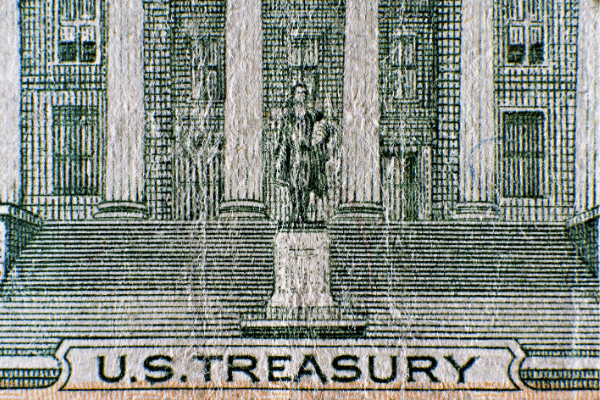
- U.S. Federal Reserve policymakers indicate their resolve for rate hikes even as the Beige Book report indicates that 4 out of 12 districts see slowing growth.
- Fed measures to cool the economy may already be working and the cooling should be seen in a positive light as signs that the central bank’s attempt to engineer a soft landing for the economy may be possible.
In Star Wars Episode IV: A New Hope, a rebel X-wing starfighter pilot bears down on a critical weak point of the ominous Death Star battle station while his wing commander tells him to stay on target despite Imperial TIE fighters bearing down on him.
With steely-eyed focus, the rebel pilot tries to take aim at an exhaust port that could bring down the Death Star, only to be shot to shreds by Imperial TIE fighters, all whilst staying on target.
And now, U.S. Federal Reserve officials, for hawk or for dove, are staying on target as they run the gauntlet that is inflation, even as the prospect of recession bears down on the U.S. economy.
On Wednesday, even as the Fed’s Beige Book survey reported the pace of growth slowing, and four of the Fed’s 12 districts reporting that their economies had slowed, policymakers continued to back plans to raise rates by 50 basis points or more this month.
Fed officials remain convinced that the U.S. economy is sufficiently resilient to weather any storm, even one of their own creation.
Last month, the Fed hiked borrowing costs by 0.50% and indicated that the subsequent two rate-setting meetings in June and July were likely to provide more of the same.
Hawkish comments by Fed policymakers on Wednesday, rattled markets which had started to bet on less aggressive Fed tightening, based on the minutes of the last Fed meeting.
Last week, Atlanta Fed President Raphael Bostic also added to dovish speculation by suggesting that it might be appropriate for the Fed to take a pause on rate hikes in September.
There are signs that the Fed’s attempt to cool the economy may already be working as the Beige Book report reveals economic activity and price gains moderating in parts of the U.S. as households and businesses navigate higher borrowing costs and supply disruptions from the Russian invasion of Ukraine.
But knowing the Fed and its response to inflation, it’s likely to swing too far to the opposite end of the spectrum before hastily pulling back and investors need to prepare for sudden shocks before diving back into buying.



